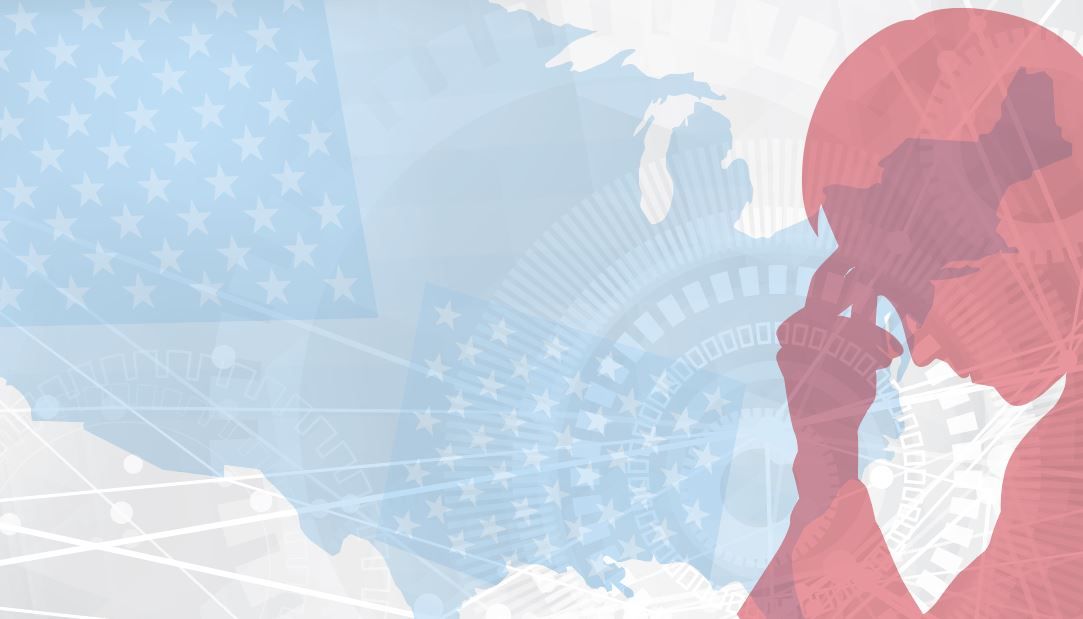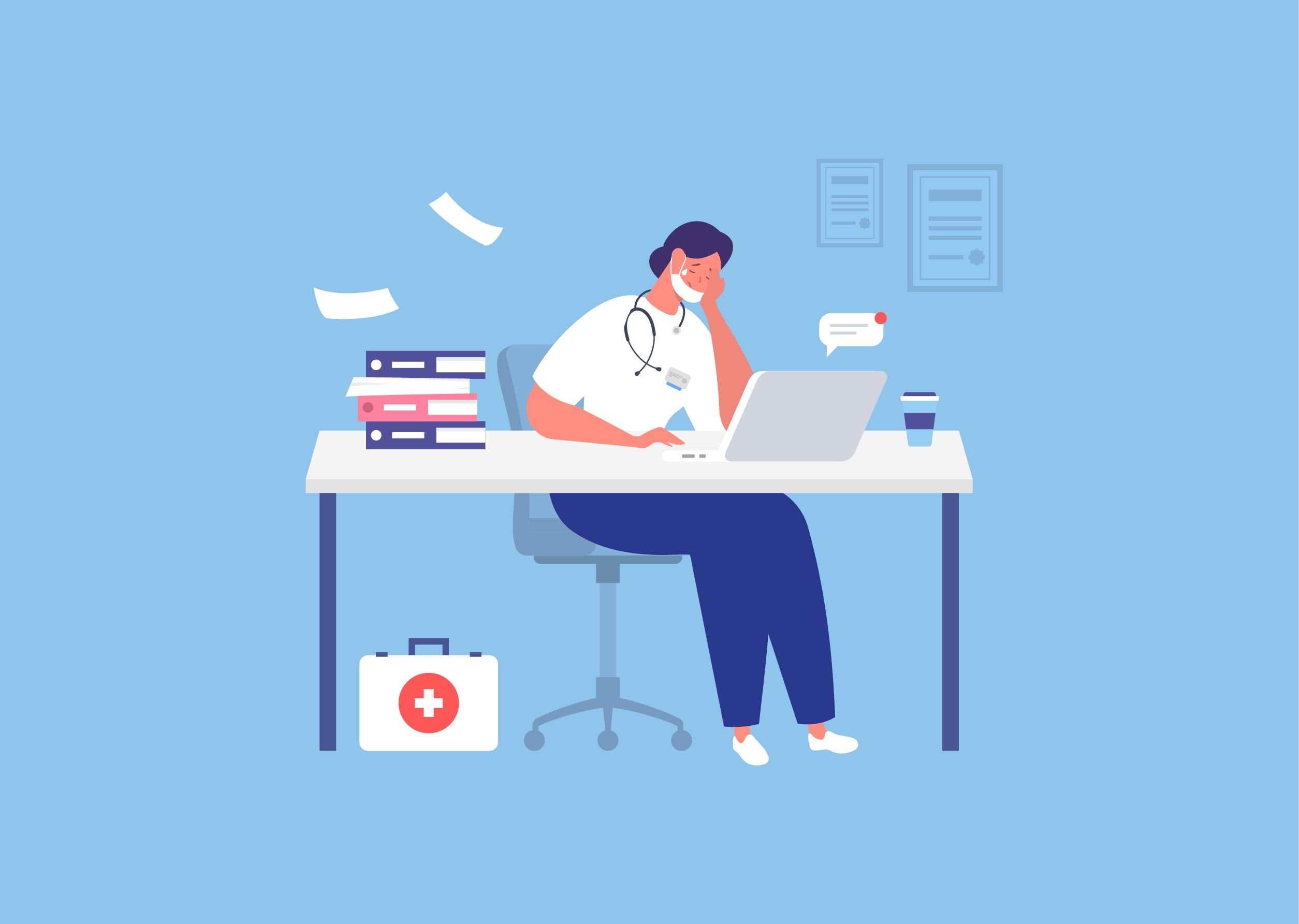Article
Is it Time for a Treatment Manual to Complement DSM-5?
Author(s):
As most mental health professionals know by now, psychiatry's D-Day is rapidly approaching. DSM-5 addresses diagnostic categories, but there has never been an official treatment manual to complement the diagnostic one.

As most mental health professionals know by now, psychiatry's D-Day is rapidly approaching. DSM-5 is scheduled to be officially released at the 2013 annual American Psychiatric Association (APA) meeting.
Like World War II's landing at Normandy (though of course on a much smaller scale), DSM-5 has encountered strong resistance and sniping at the changes from DSM-IV. D-Day was delayed 1 day; DSM-5 was delayed 1 year. Many, myself included, thought that DSM-5 should have been postponed longer.
D-Day turned out to be a success, albeit with many casualties. Will DSM-5 be so successful?
There are several practical reasons for a diagnostic and statistical manual in psychiatry. A diagnosis is a standard for getting paid for a clinician's assessment. In our insurance-dominated payment system, unless a patient is self-paying, a diagnosis is required.
Another way a new diagnostic manual might help is if classifications and categories are improved, which would lead to improved research on these conditions. Various diagnostic categories can provide a shorthand means to better communication among professionals and the public.
By far the most important justification for a diagnostic manual must be whether it helps patients get better, but this was never researched after the publication of the preceding 4 manuals. Maybe that is impossible to do. But it could be because there has never been an official treatment manual to complement the diagnostic one.
One can speculate the reasons for this absence. Perhaps we do not know enough about effective treatments to produce such a manual. It could be that standard treatments, such as “antidepressants” or “cognitive behavioral therapy,” seem effective for different diagnostic disorders. Yet, this can't be-a given treatment could certainly cover different diagnoses, just like antibiotics for different kinds of infection.
Is it because each patient is so unique that general treatment recommendations will be of limited practical usefulness? That also seems doubtful. The APA itself has produced a series of intermittent Clinical Practice Guidelines since 1991. Sometimes these are updated, but one of their limitations is that they are more like literature summaries than user-friendly recommendations.
Many other treatment guides try to fill the void. Managed care companies often have their own, although they can be business “trade secrets” and thereby not openly disclosed and known to clinicians. The published literature, peer-reviewed or not, is replete with treatment implications. The Internet is full of information, but often it is difficult to determine its value, especially claims from self-proclaimed experts. Critics of psychiatry can advocate for less or no treatment. Readers, beware!
In my own research on treatment choices, I have found that clinicians often turned to their own experience over research, consultation, or supervision to make their treatment decisions.1 Unfortunately, meta-studies and my own experience as a not-for-profit managed care medical director show that a third of treatments result in significant improvement, another third seems to be unnecessary, and another third may even worsen outcomes.
Even if DSM-5 undergoes some revisions along the way (it is claimed to be a living document, subject to correction), it will likely be many, many years until a DSM-6 is considered-when we have firm biological underpinnings for diagnoses. Meanwhile, DSM-5 will be used extensively. For better or worse, there is no alternative. Protests or boycotts will surely be a waste of energy and effort.
However, timing does allow for something new and complementary. Why not transition right away to developing TSM-1 (Treatment & Statistical Manual, No. 1)? In so doing, some of the problems encountered in processing DSM-5 could be avoided.
Master clinicians of all disciplines can be chosen with clear criteria. Representatives from the public, recovered patients, patients in treatment, and families could be included. They should come from various sociocultural backgrounds. There should be no profit motive involved, meaning the APA might obtain grants with no strings attached to fund the project and/or participants who work gratis. The published manual should be free of charge, and the APA should not make any profit from it. There should be a panel of professionals-including journalists who cover the field of psychiatry-who periodically review TSM-1. As fellow Psychiatric Times blogger, Dr Allen Frances, has pointed out, neutral Cochrane Reviews are already available. Right now, over 300 have been done for mental health conditions.
If TSM-1 were to be published, it, too, would be a living document. Given ever-increasing electronic capabilities, the initial product should be available for yearly revisions. Electronic records can have prompts geared to these treatment guidelines, and outcome assessments built in.
At the end of the day, to use that overused phrase, what does it matter if the diagnosis was correct, when the treatment was unsuccessful? Before the tidal wave of DSM-5 threatens to swamp us, let us resolve to complete a corresponding treatment manual.






